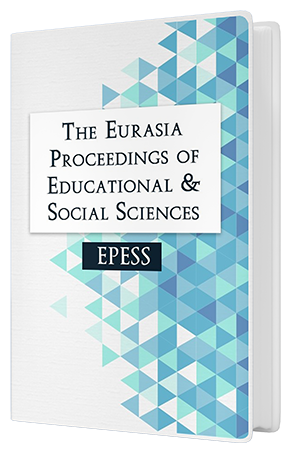How Graphs can Improve Targeting of Employee Trainings?
DOI:
https://doi.org/10.55549/epess.1381972Keywords:
Skills matrix, Bipartite graph, Robustness, Substitutability, Team formationAbstract
Abstract: Skills matrices, also known as competency matrices, can help shift managers in a manufacturing environment in proper allocation of operators to workplaces. However, improving the skills portfolio of shift workers is often based on perceived problems with skills of absent workers. This study examines a company’s skills matrices of the 3 shifts, questioning if graph metrics can help estimating substitutability, i.e., robustness of skills portfolio of workers to absenteeism; and how can graph mapping help better targeting trainings. The author has constructed bipartite graphs where one set of nodes are from the set of competencies and the other set of nodes are from the set of workers; and evaluated metrics comparing the skills portfolio of each shift. One projection of the bipartite graph shows the interlinks between people: when two workers are connected, they share the same skill and can substitute each other. The overall level of substitutability of people is then measured with the average degree of nodes of the projection graph. Weak connectedness, that is, low k values can highlight risks and exposedness to fallout of the respective workers. Disjoint graphs indicate if there is an option for a sub-team setup based on competencies. The other projection has an edge between to skills if and only if there is minimum one worker who is capable for both. Disjoint subgraphs of skills are helping team formation based on competencies.Downloads
Published
Issue
Section
License
Copyright (c) 2023 The Eurasia Proceedings of Educational and Social Sciences

This work is licensed under a Creative Commons Attribution-NonCommercial-ShareAlike 4.0 International License.
The articles may be used for research, teaching, and private study purposes. Any substantial or systematic reproduction, redistribution, reselling, loan, sub-licensing, systematic supply, or distribution in any form to anyone is expressly forbidden. Authors alone are responsible for the contents of their articles. The journal owns the copyright of the articles. The publisher shall not be liable for any loss, actions, claims, proceedings, demand, or costs or damages whatsoever or howsoever caused arising directly or indirectly in connection with or arising out of the use of the research material. All authors are requested to disclose any actual or potential conflict of interest including any financial, personal or other relationships with other people or organizations regarding the submitted work.




